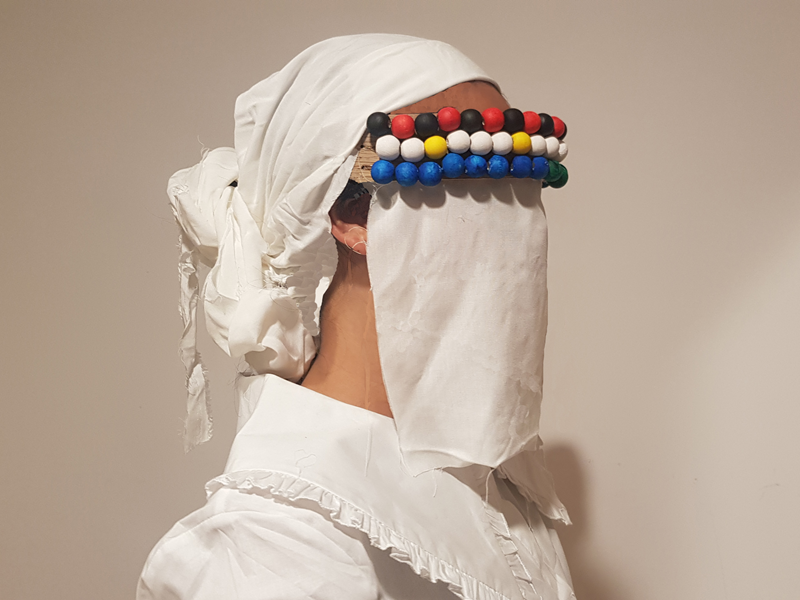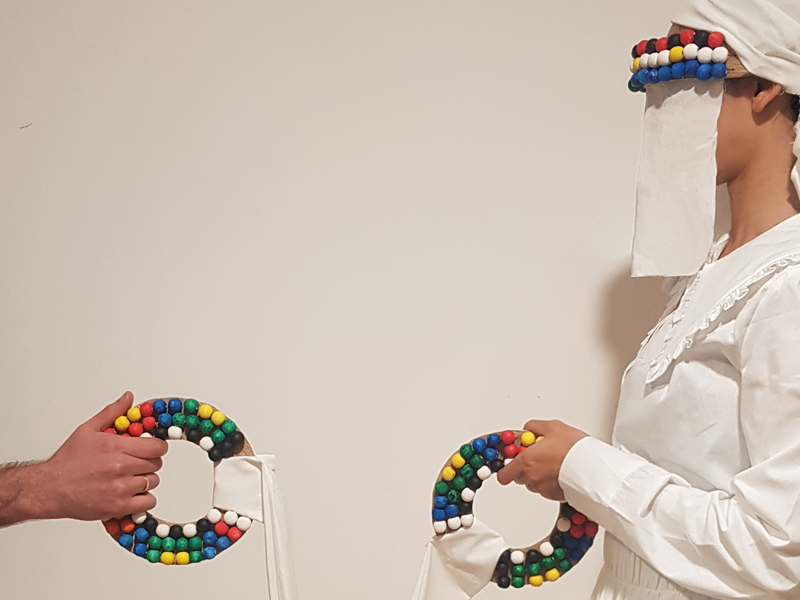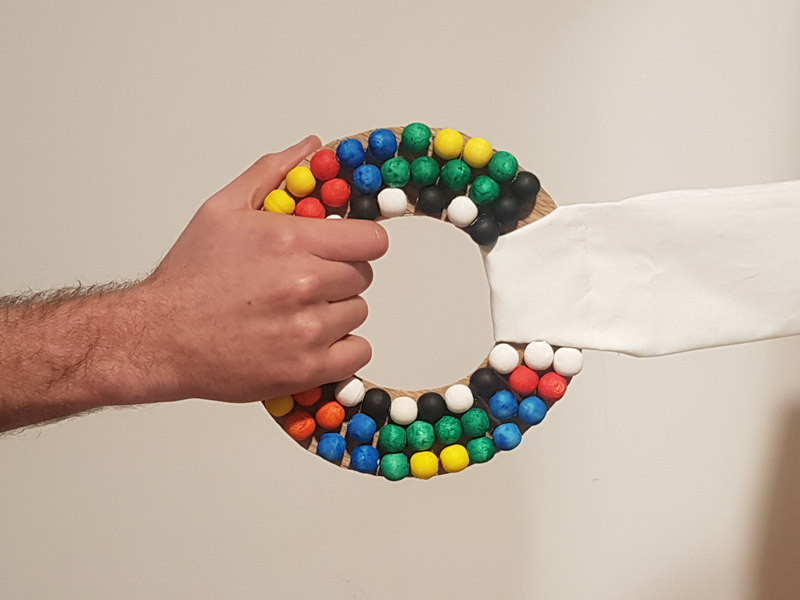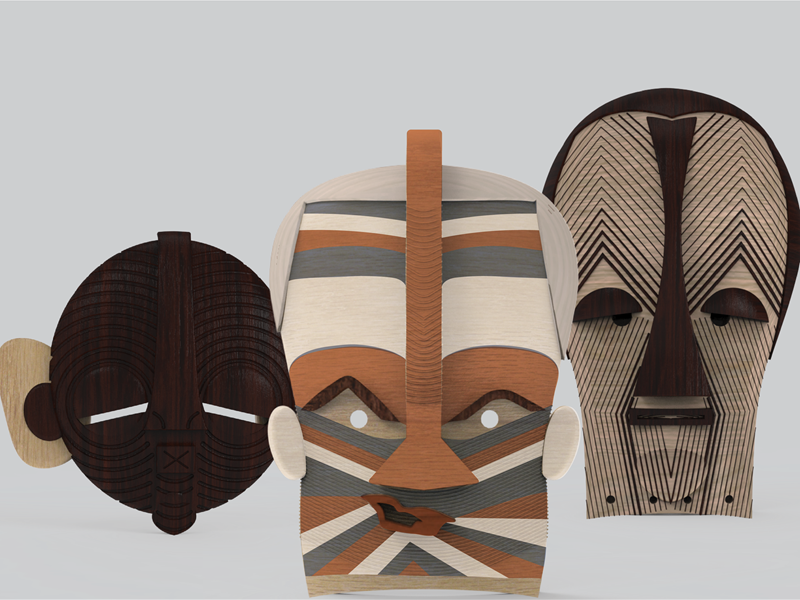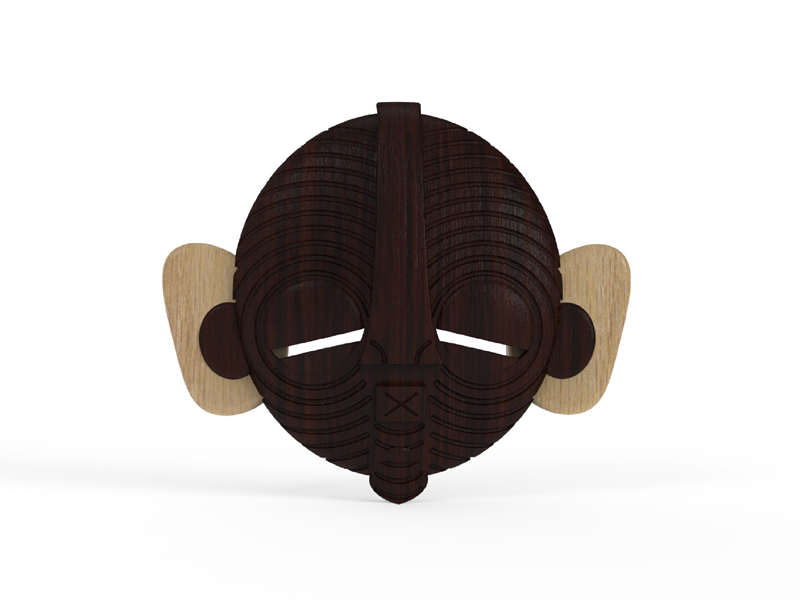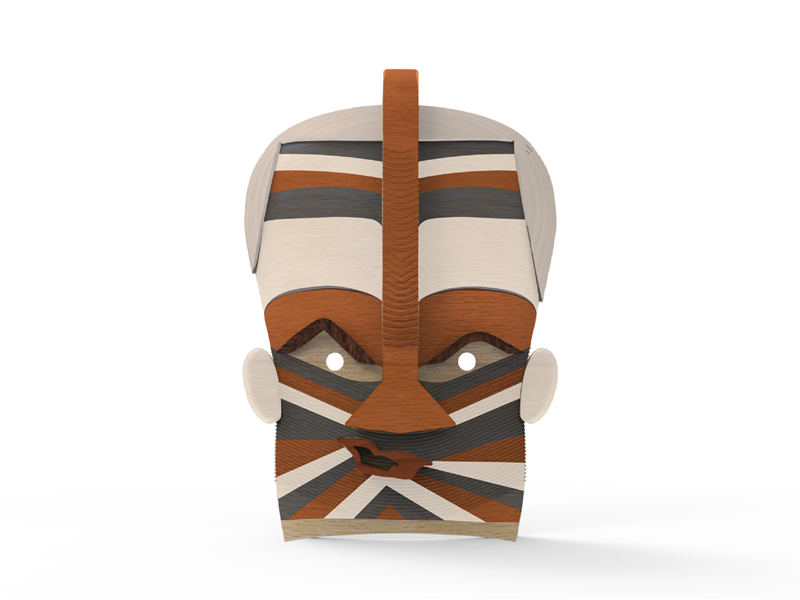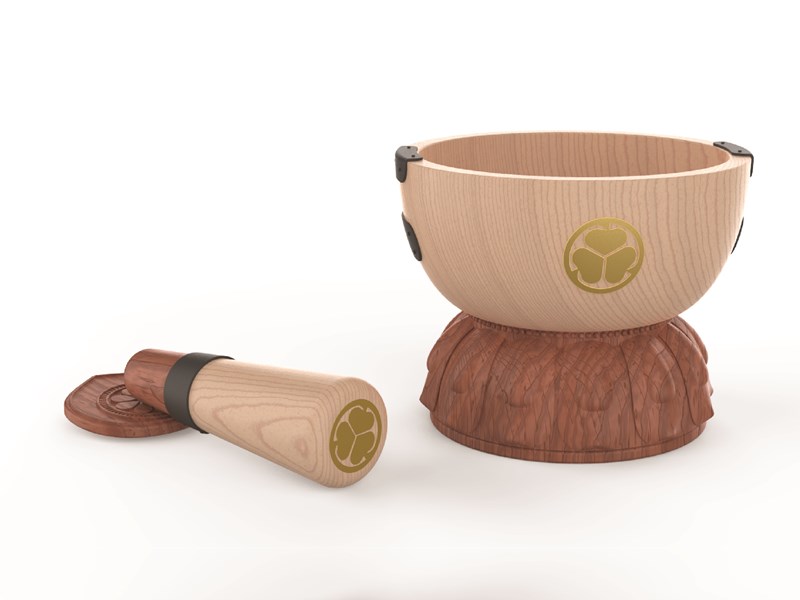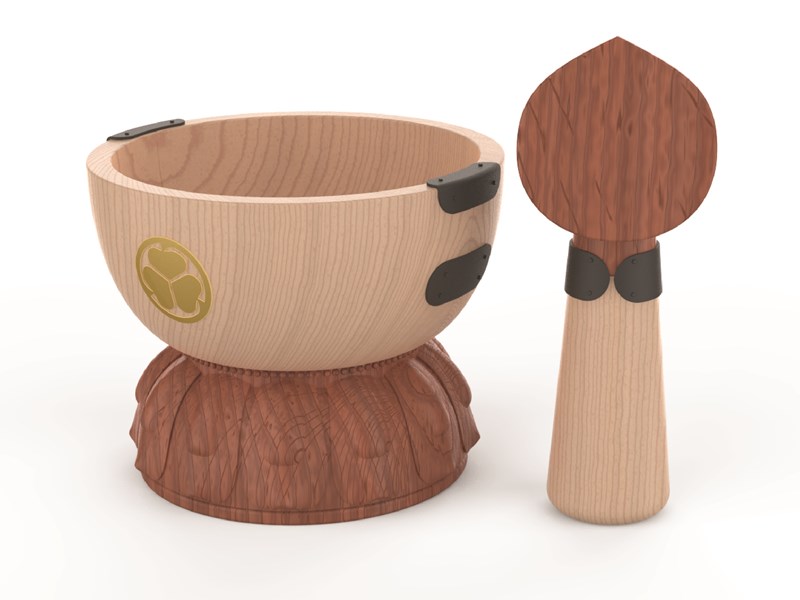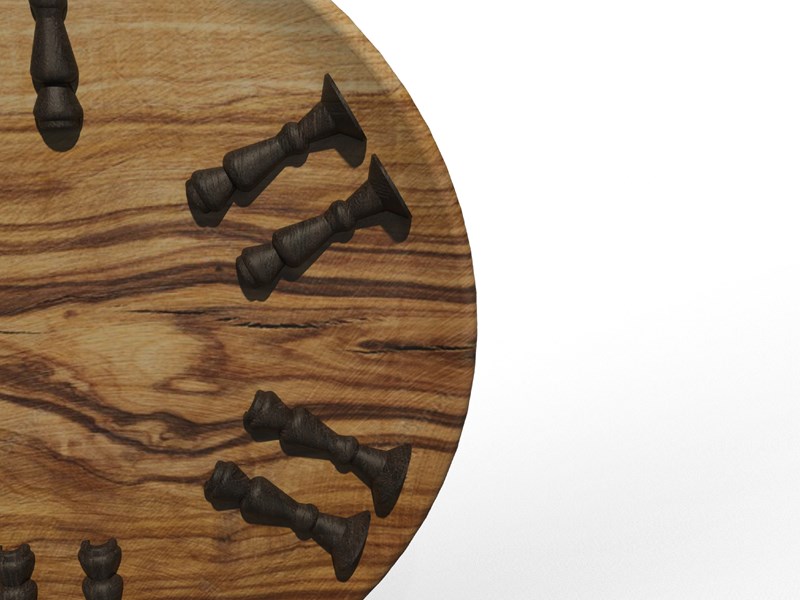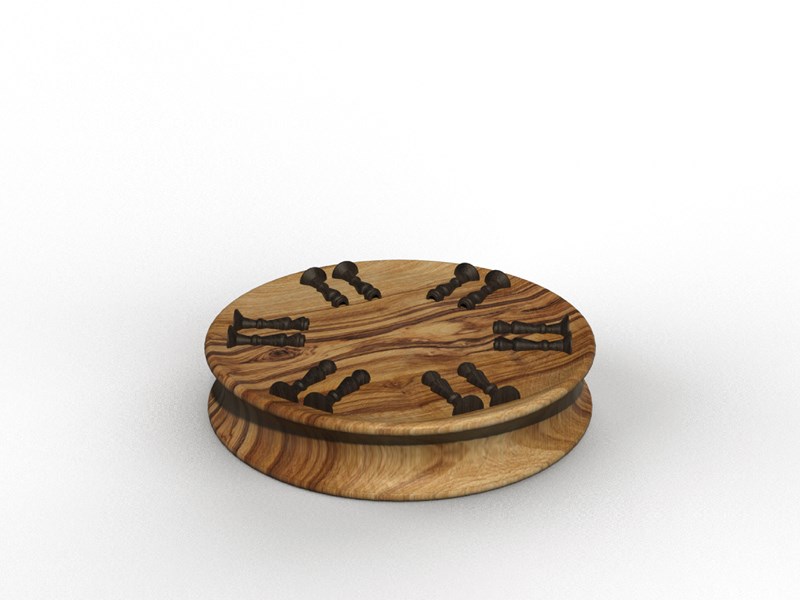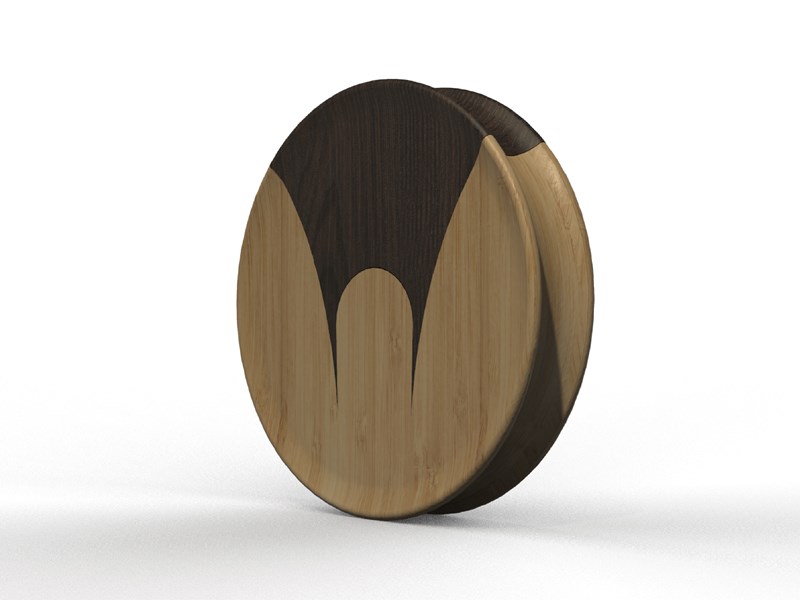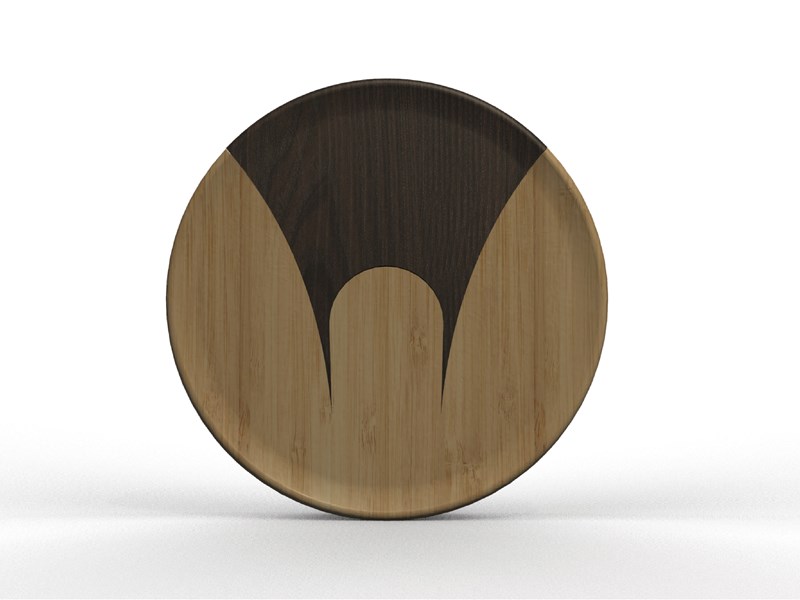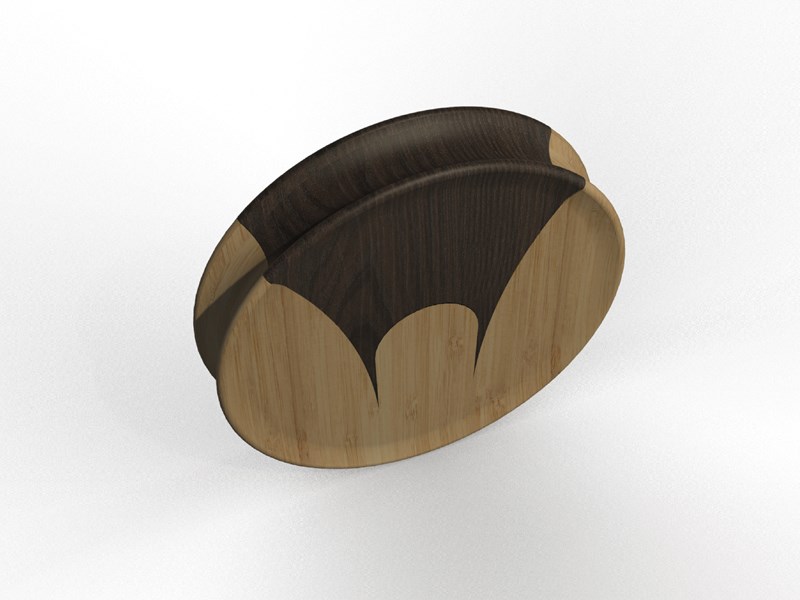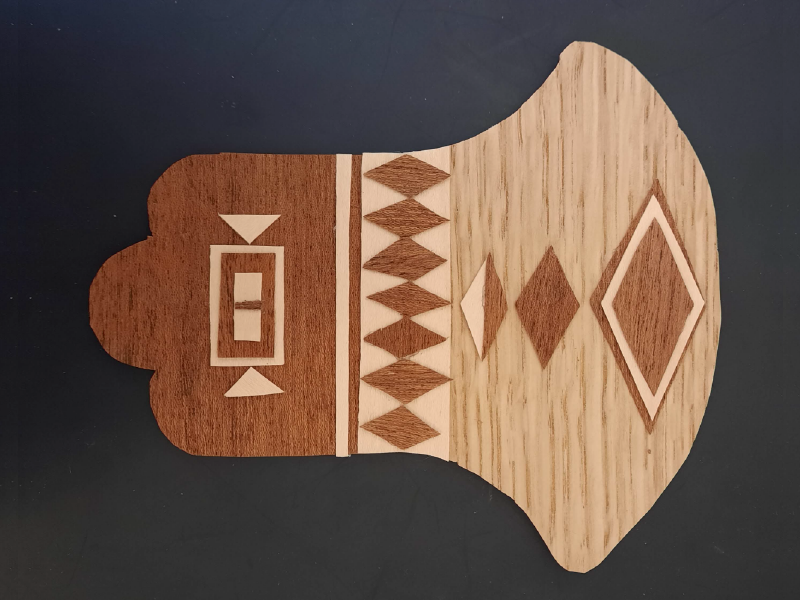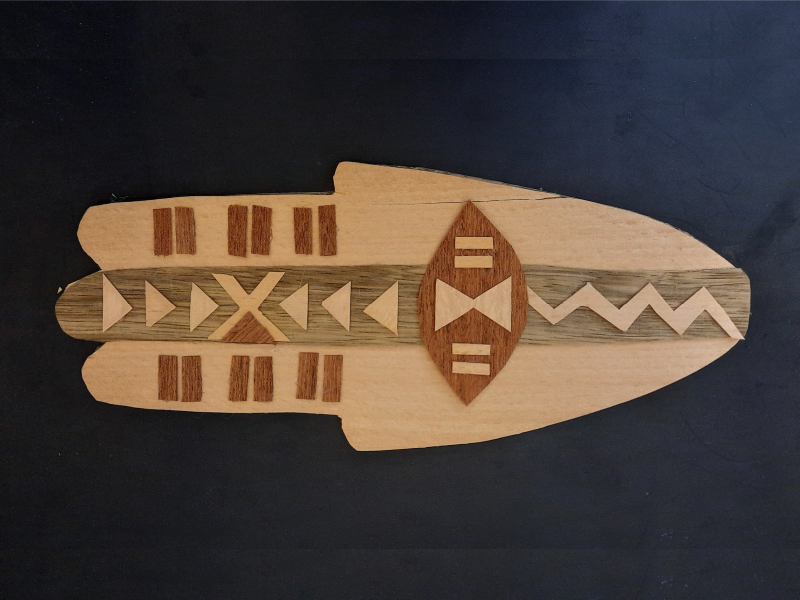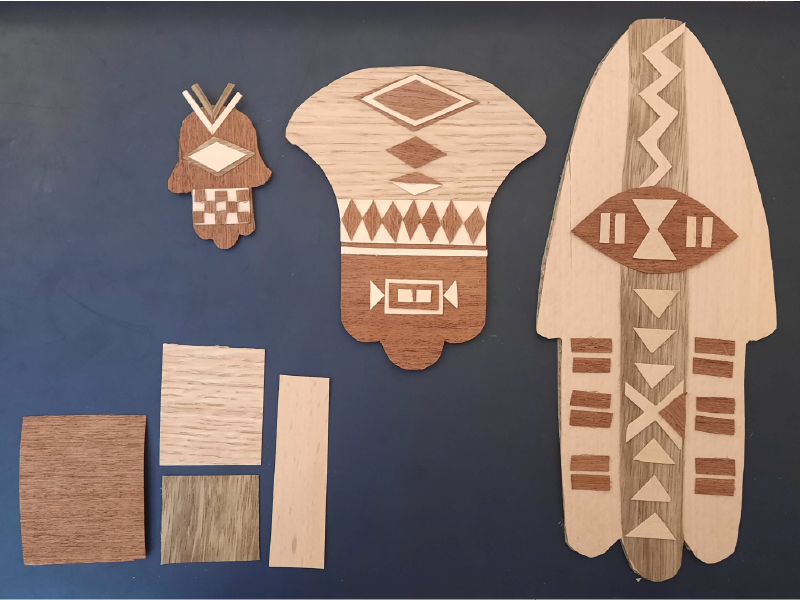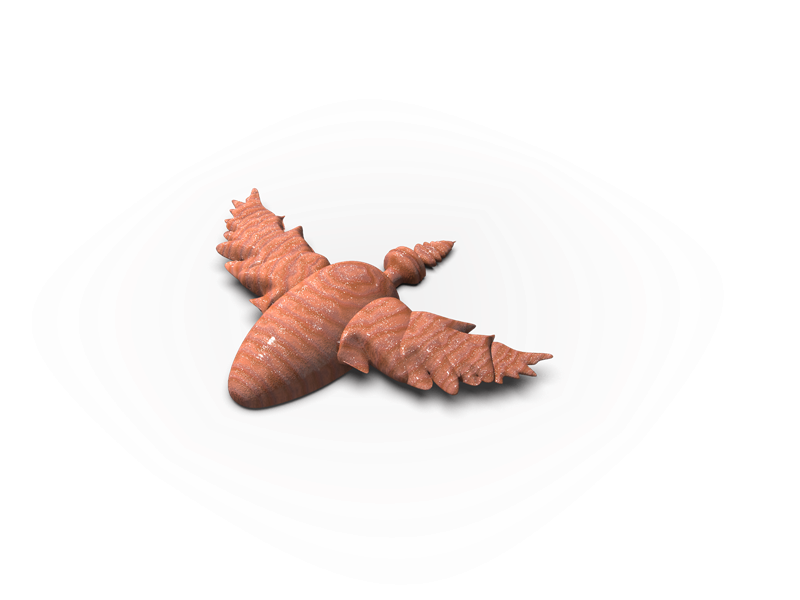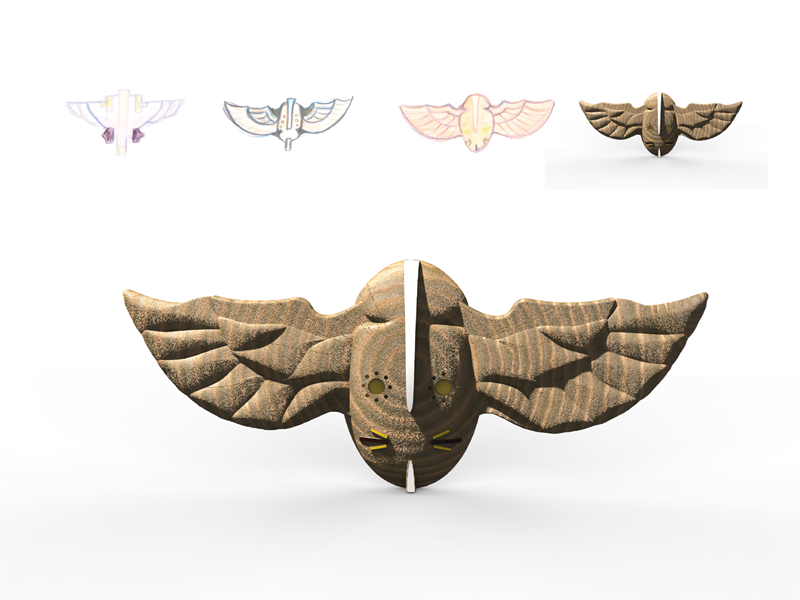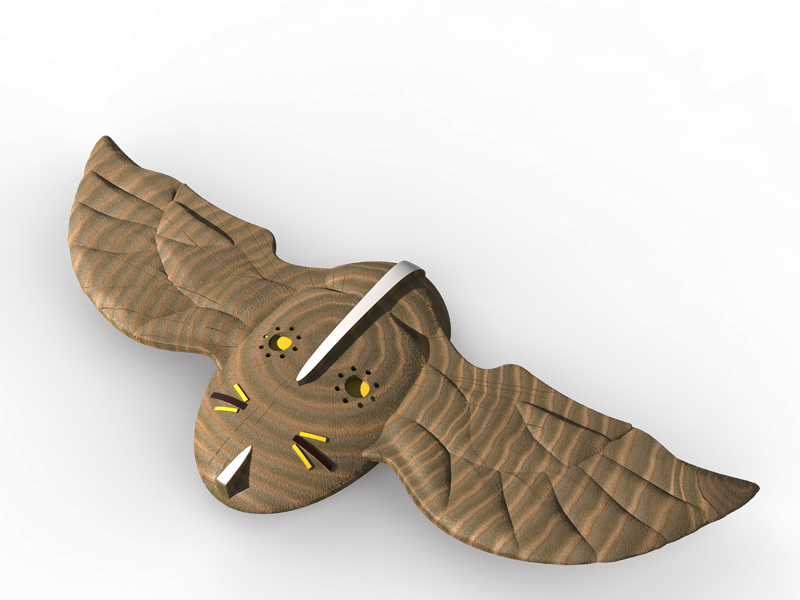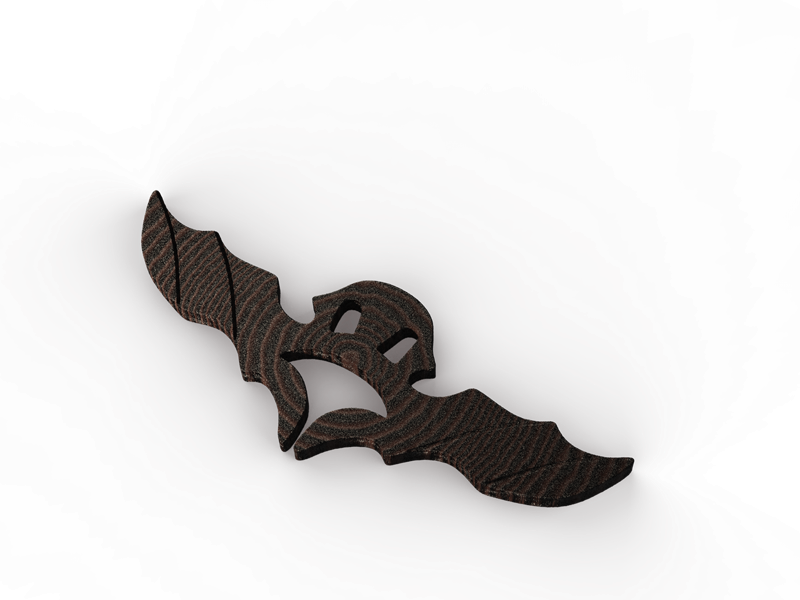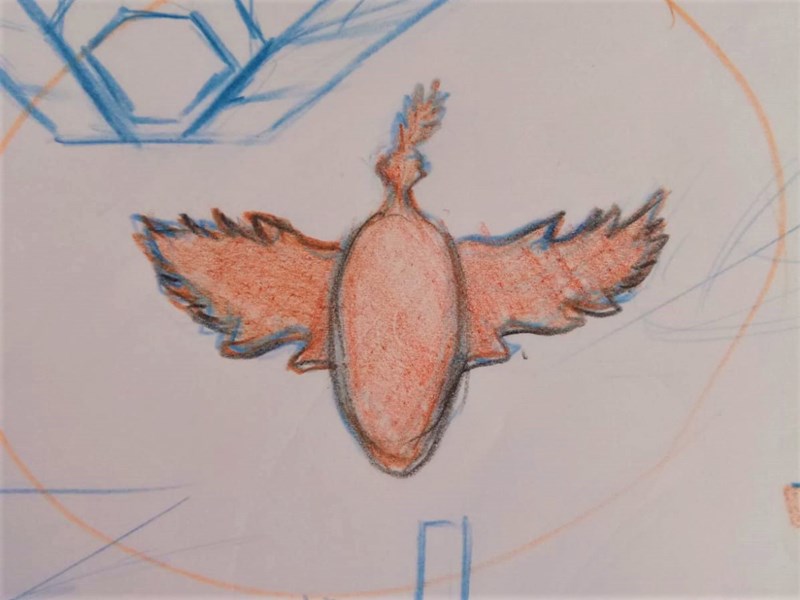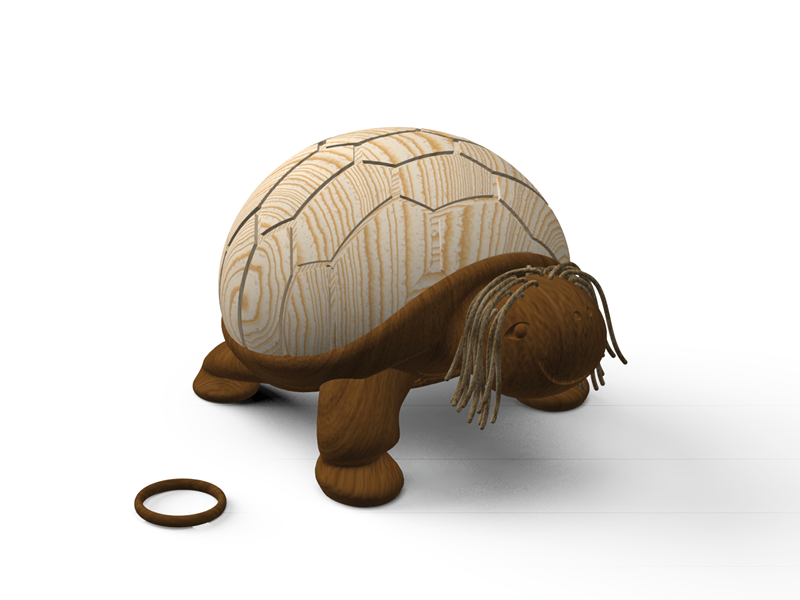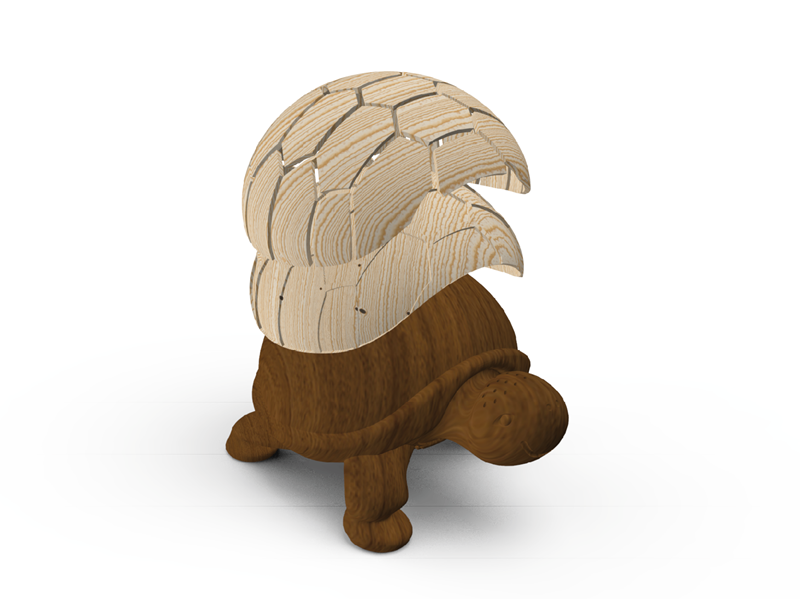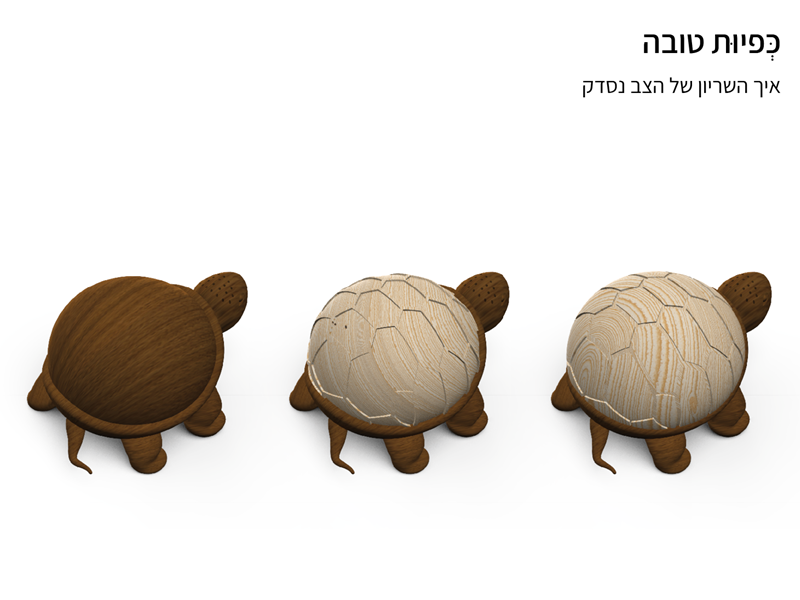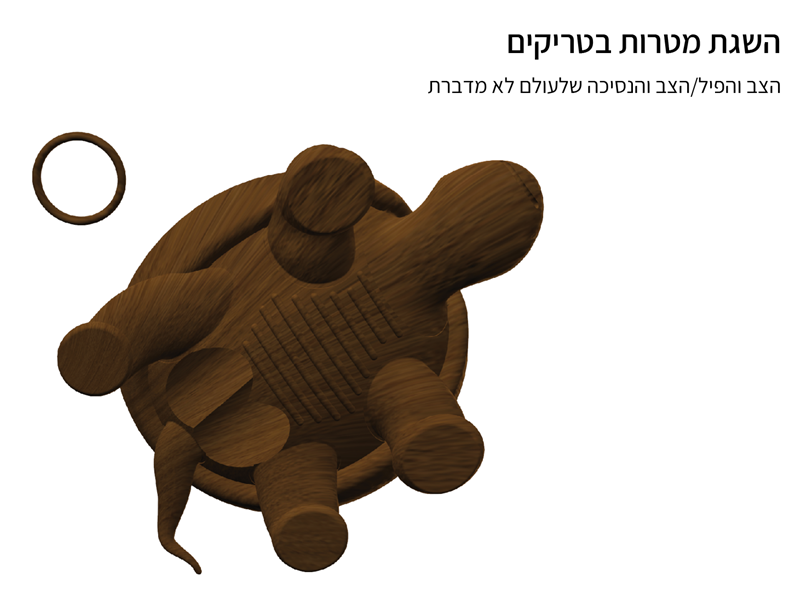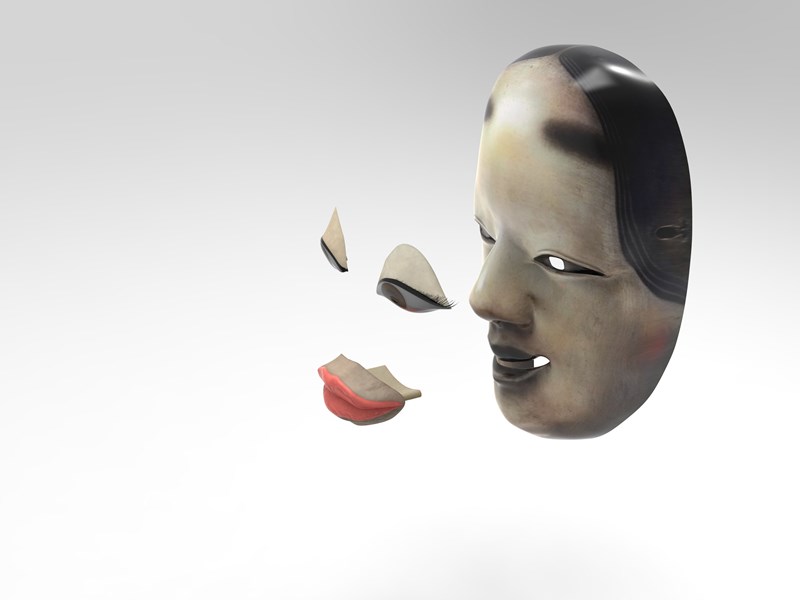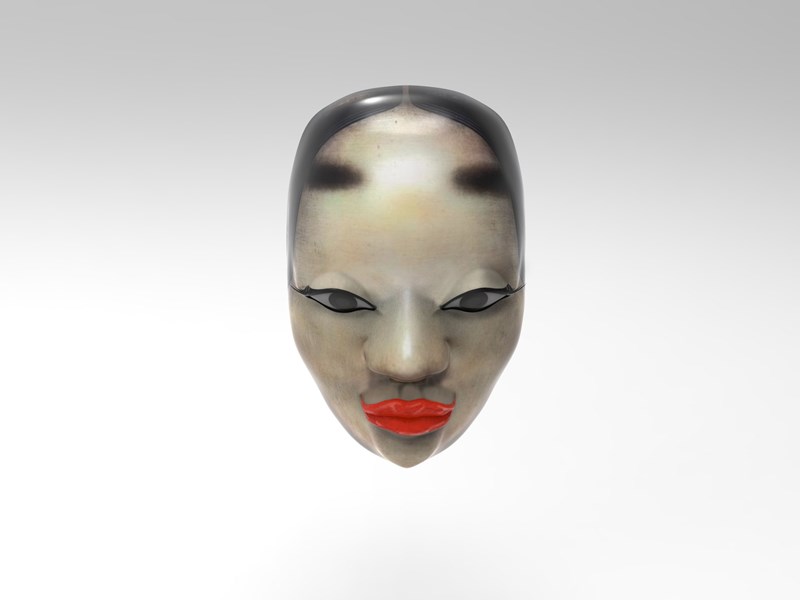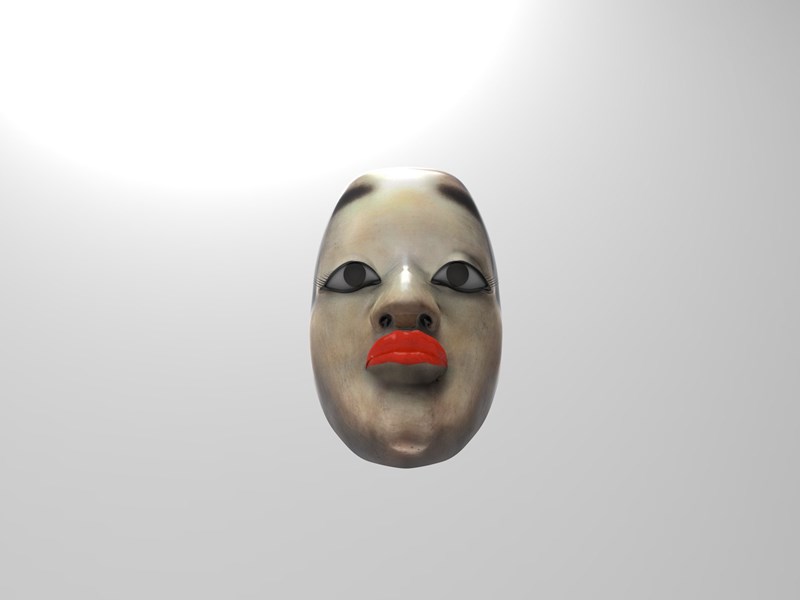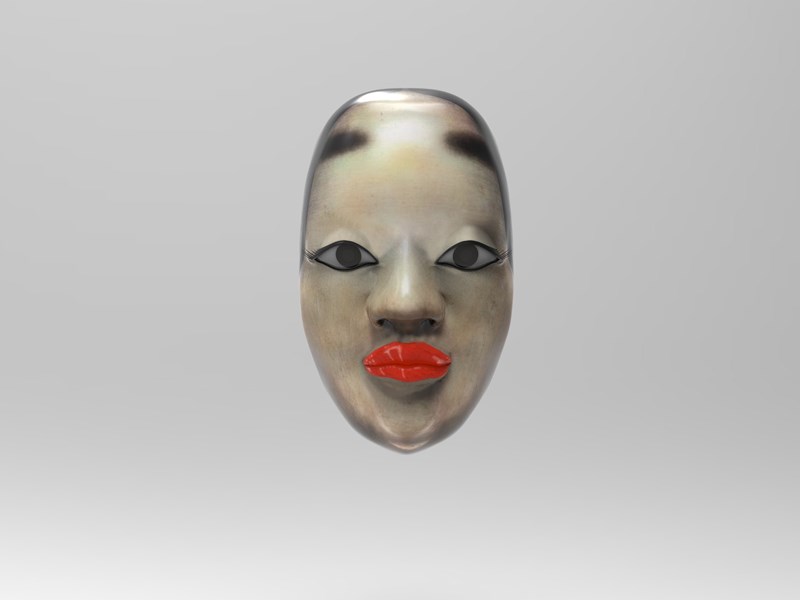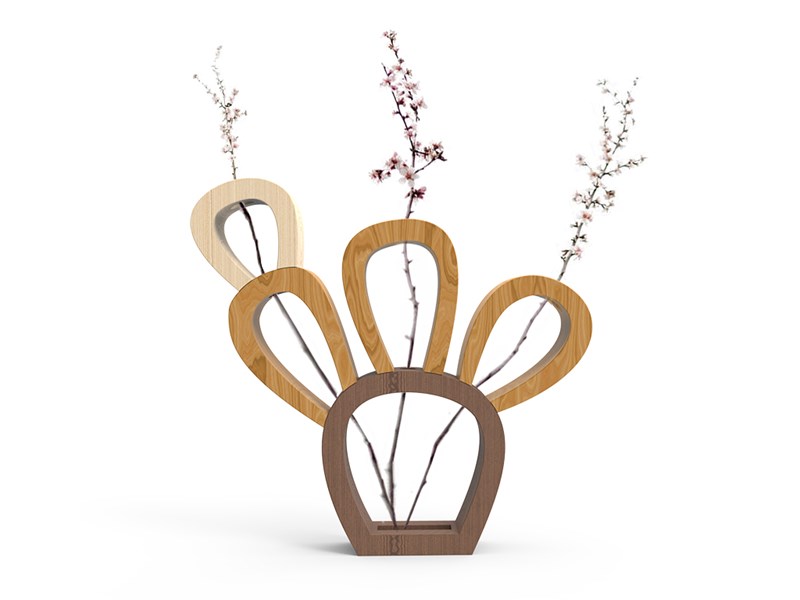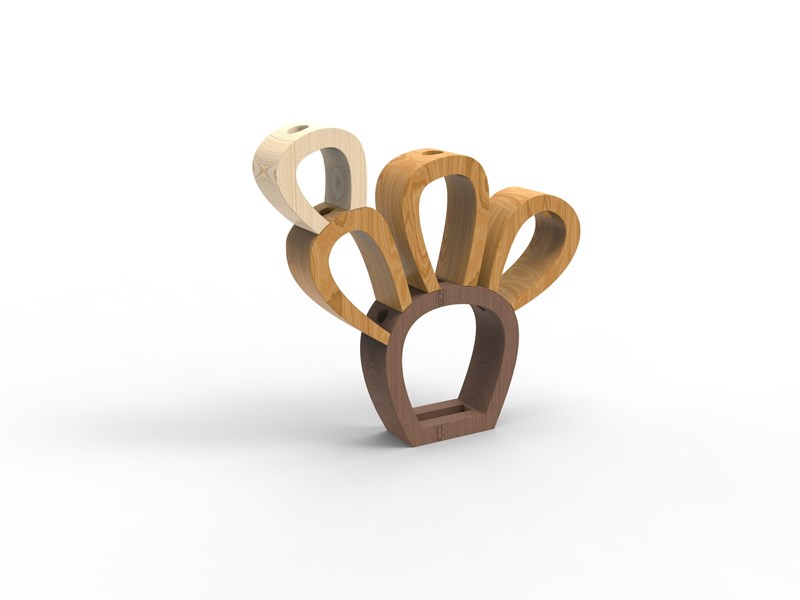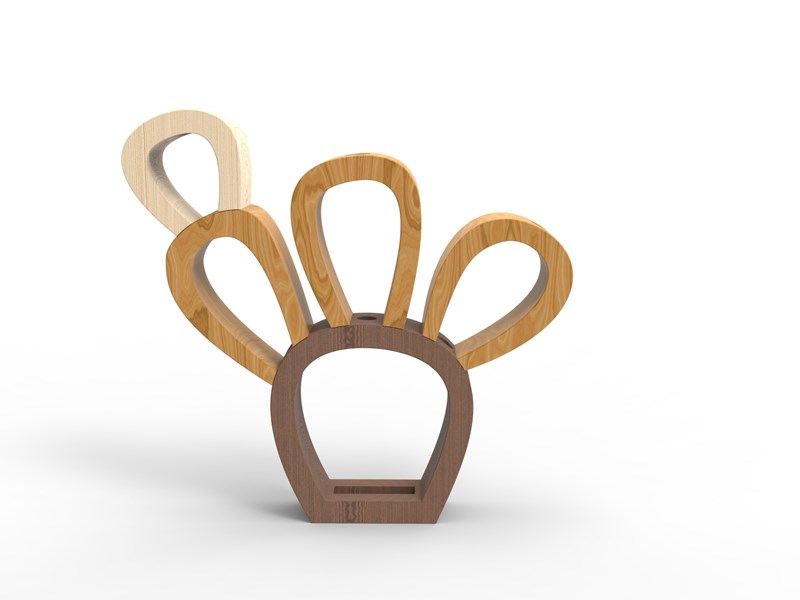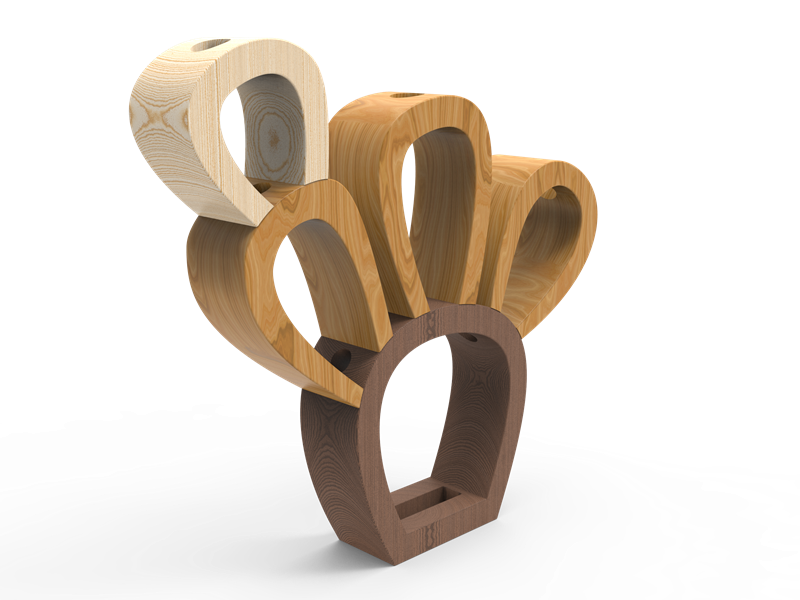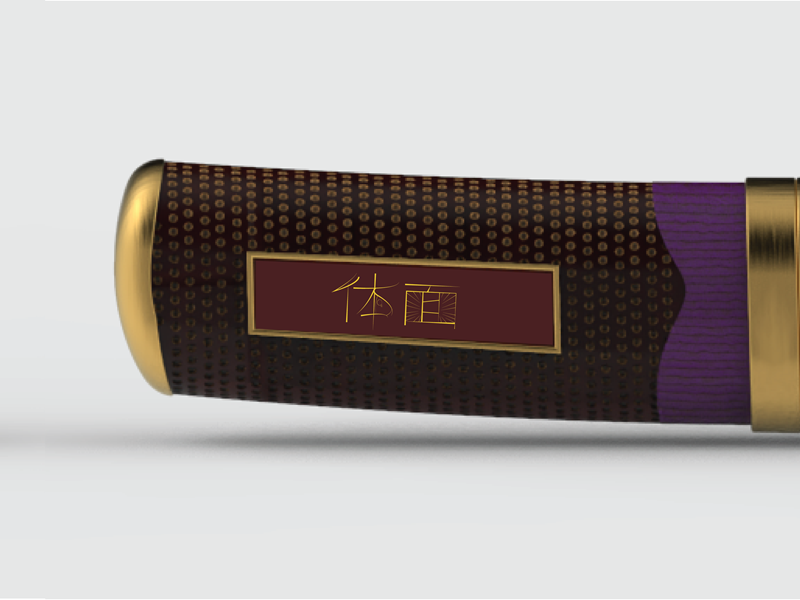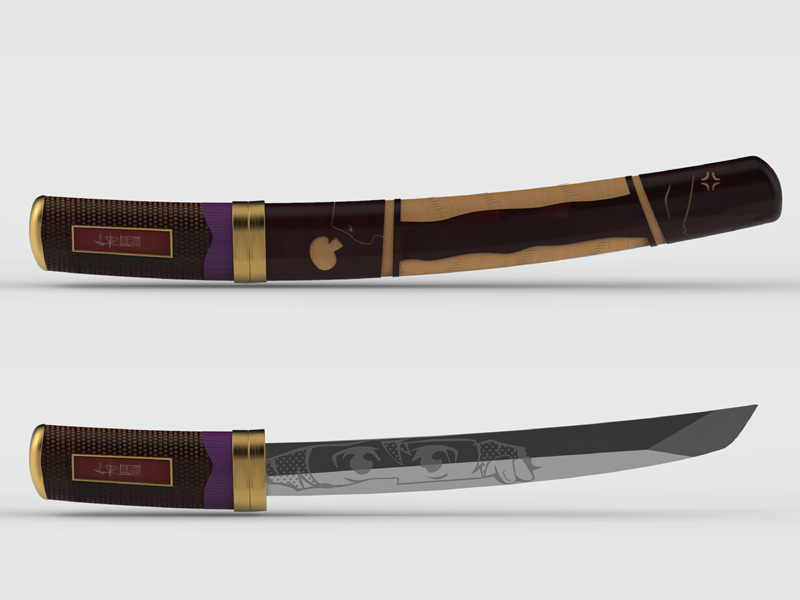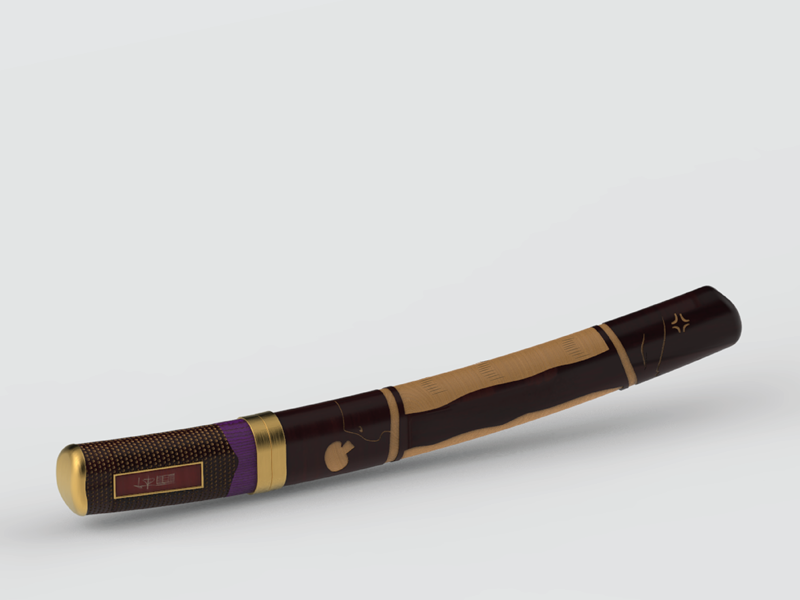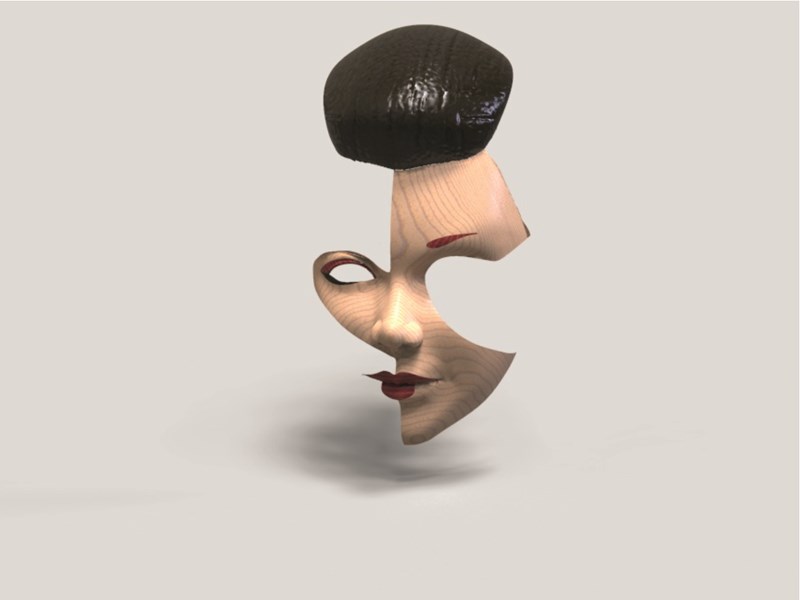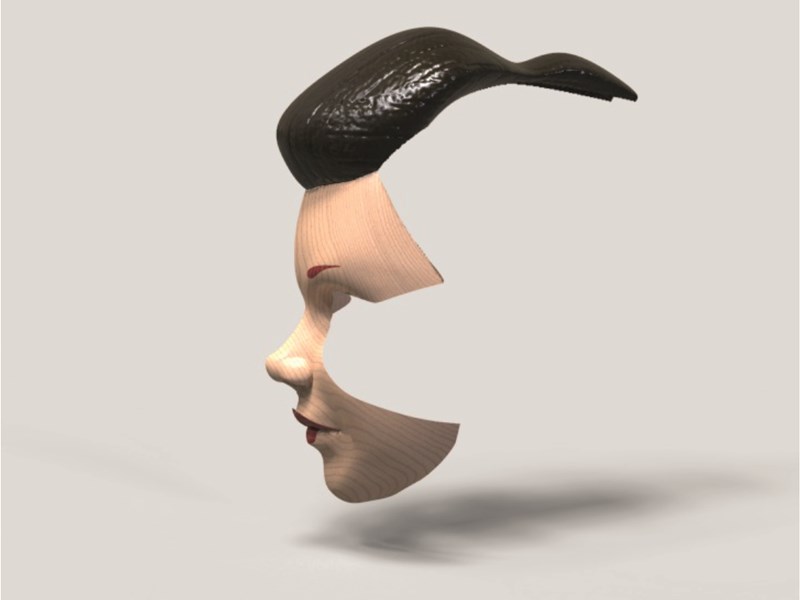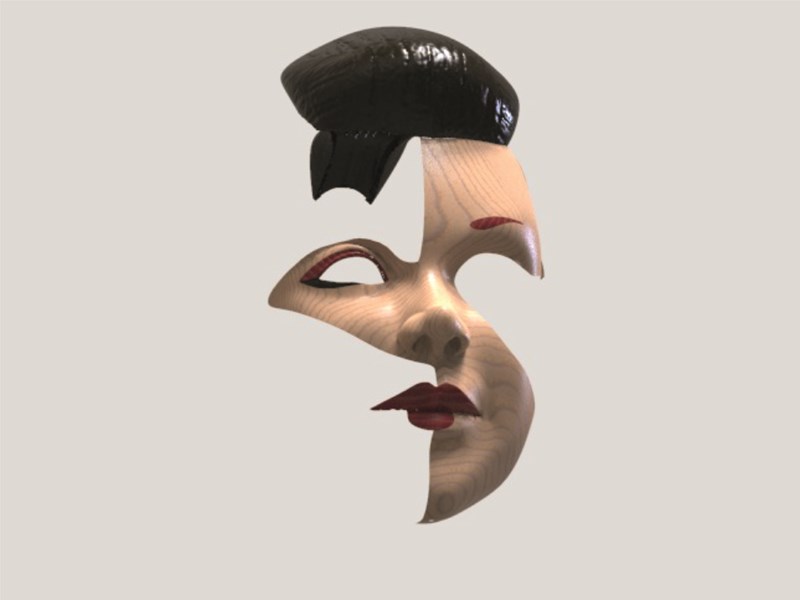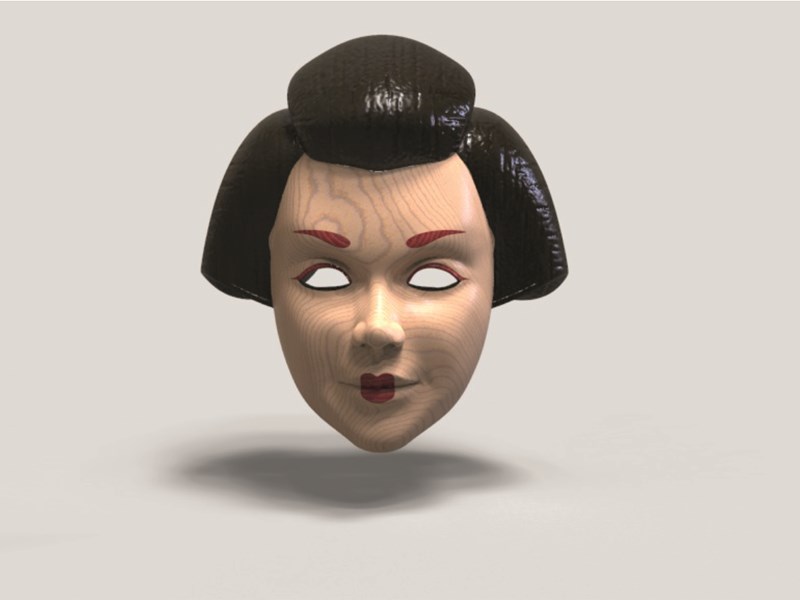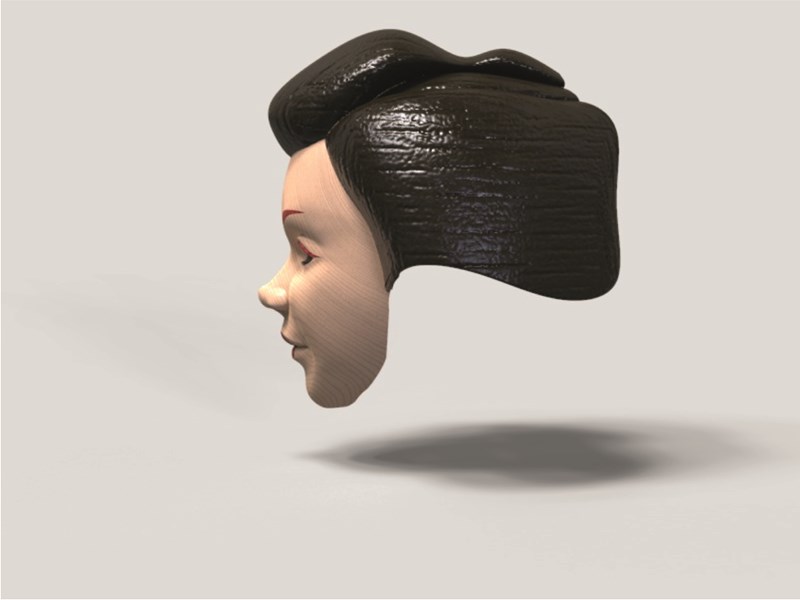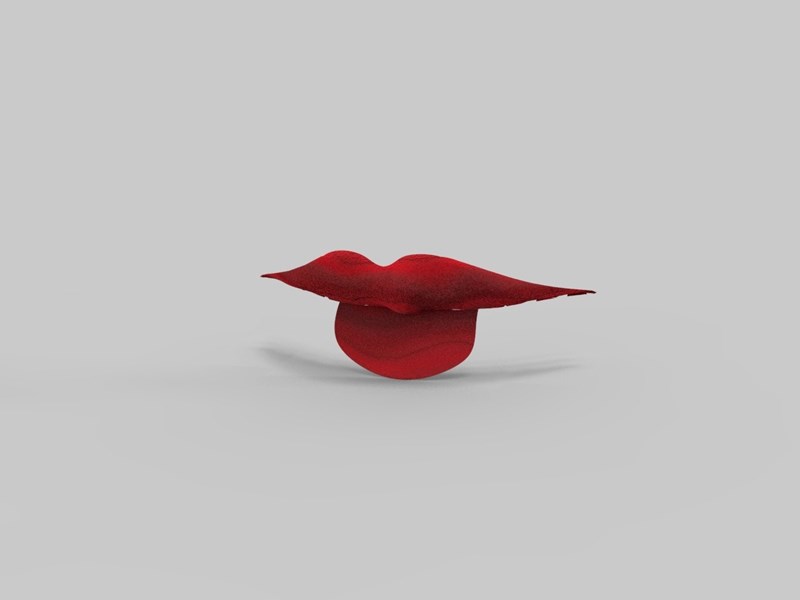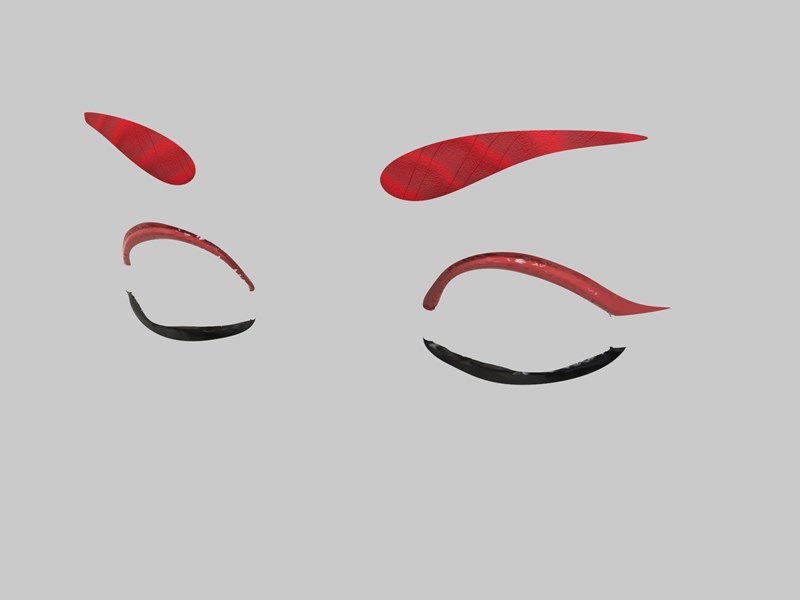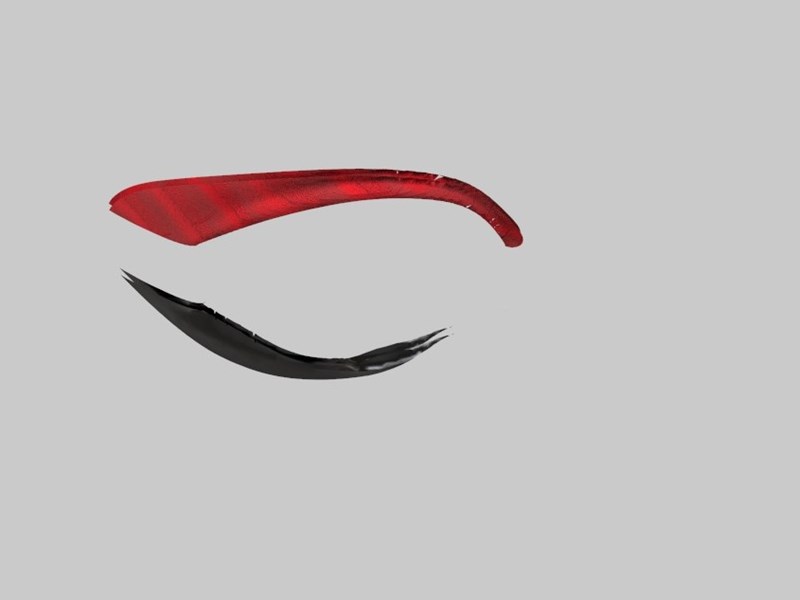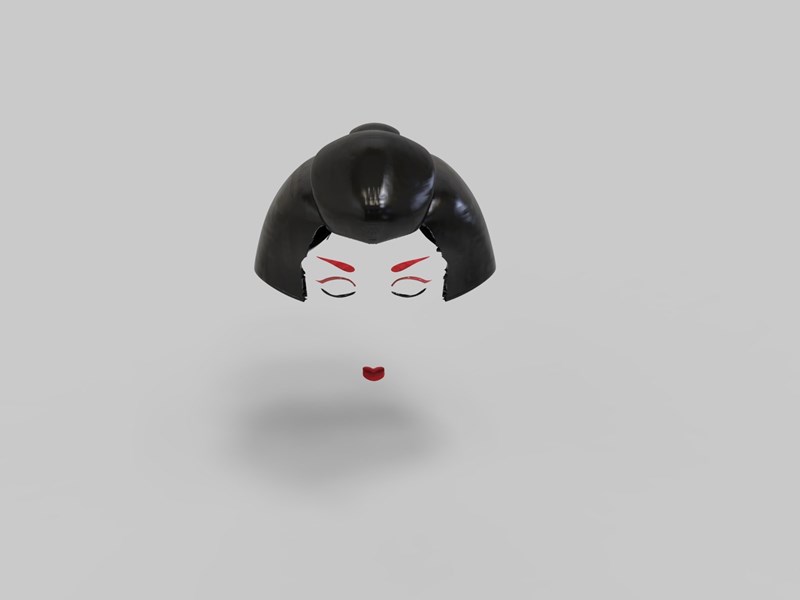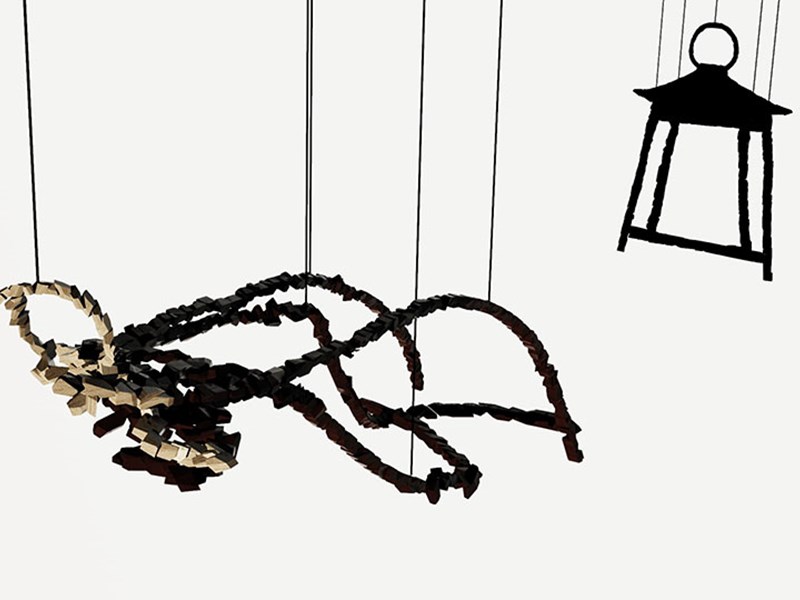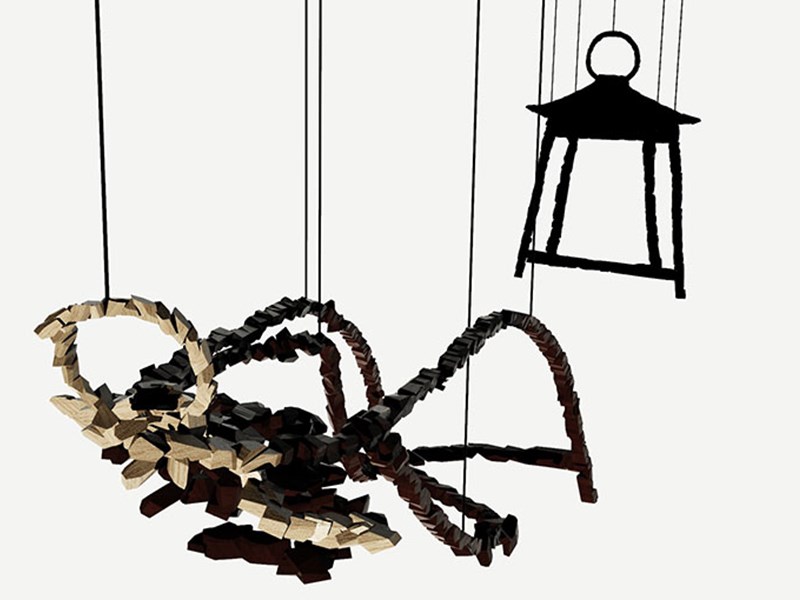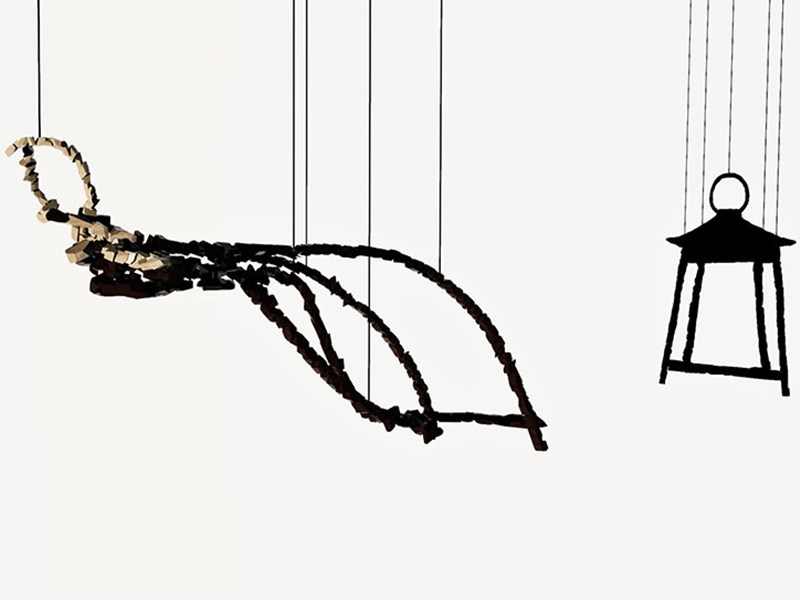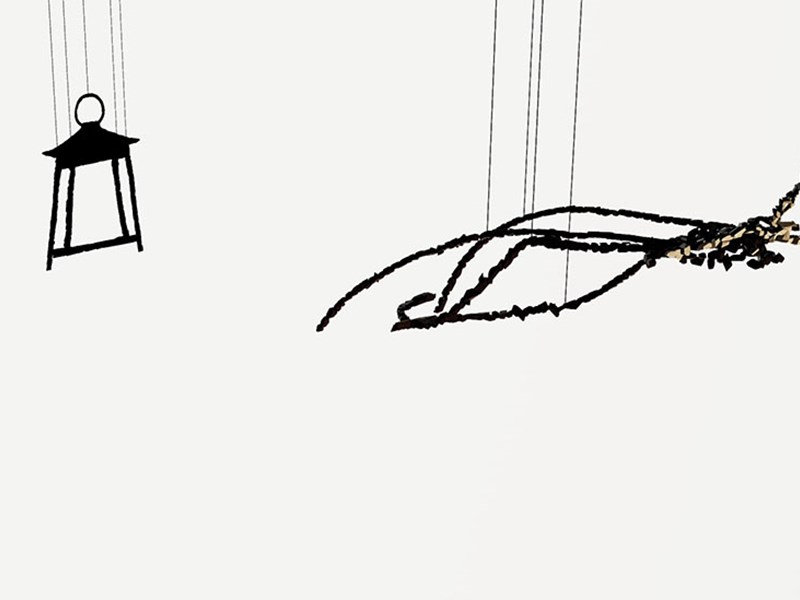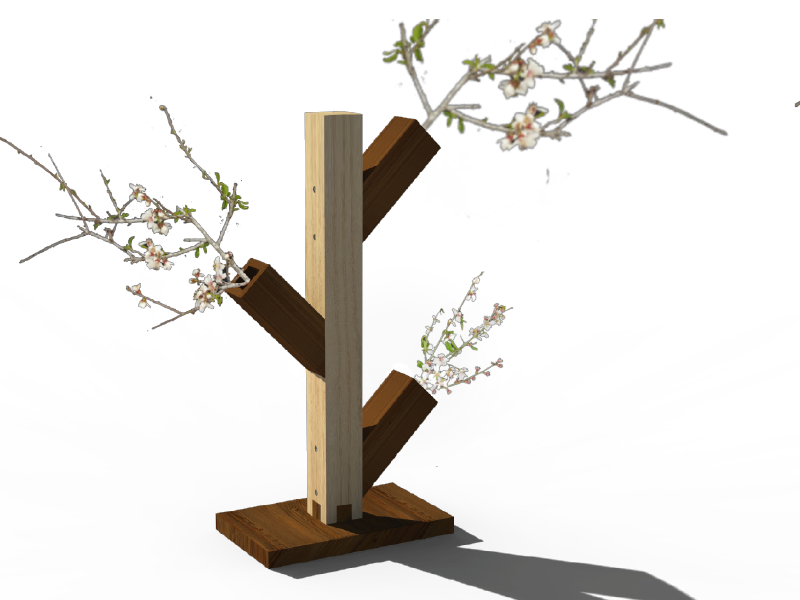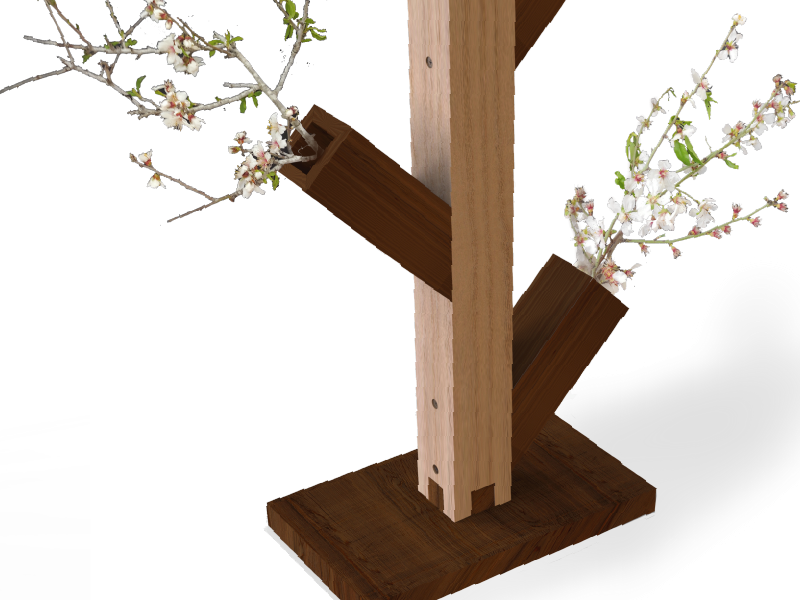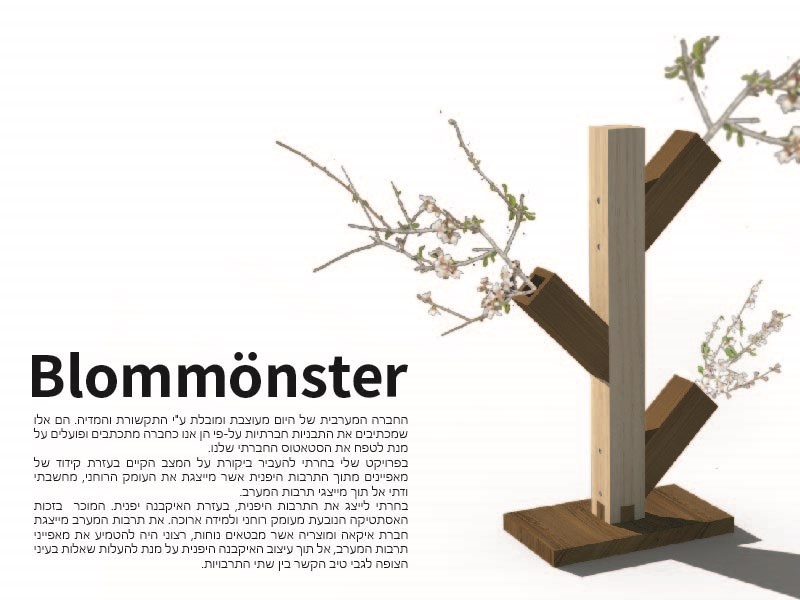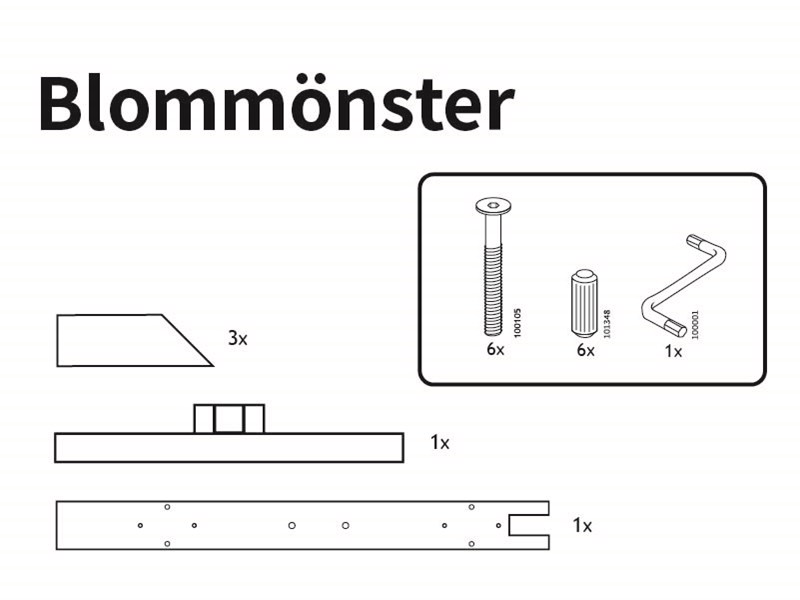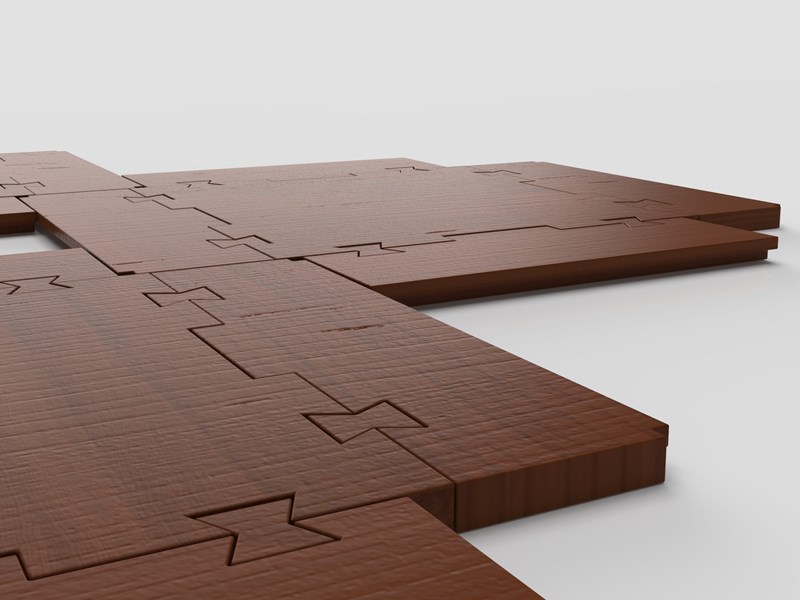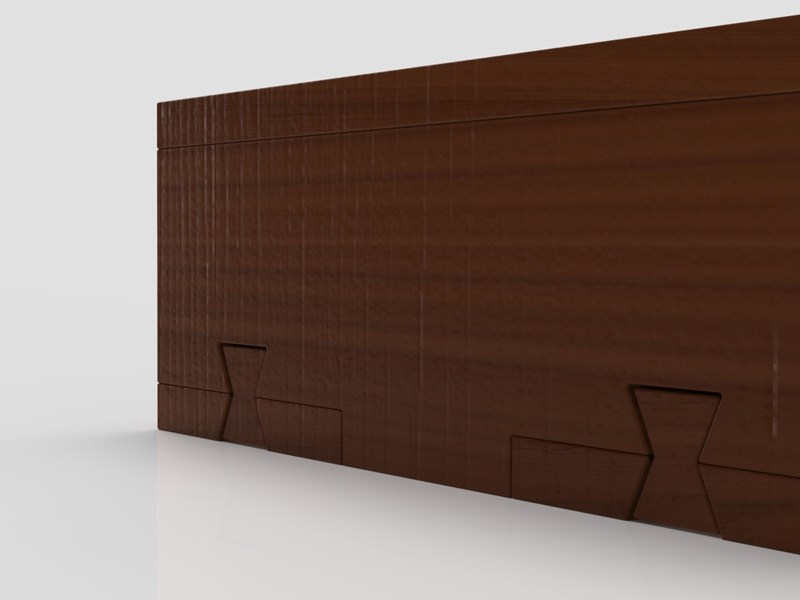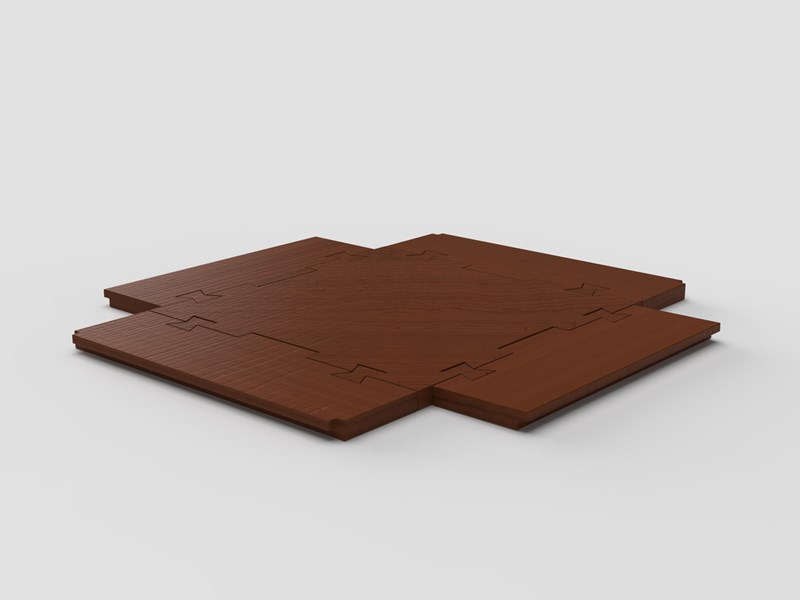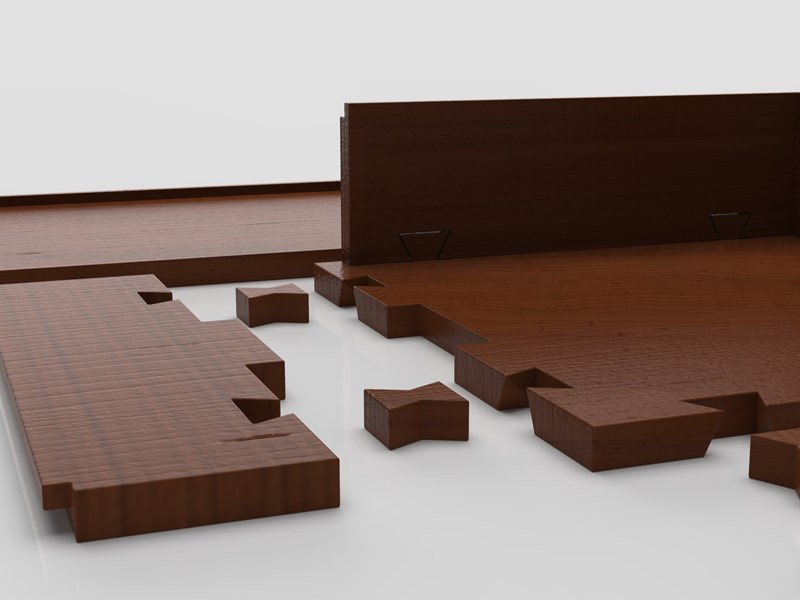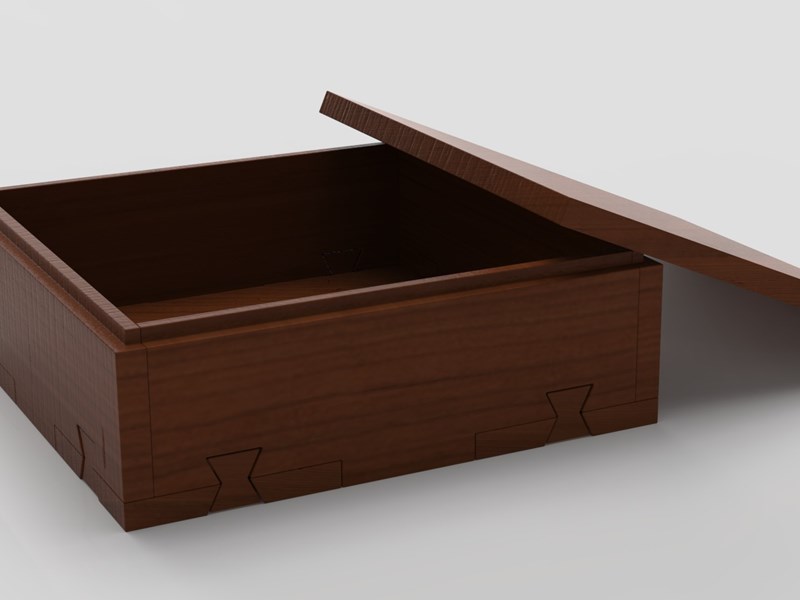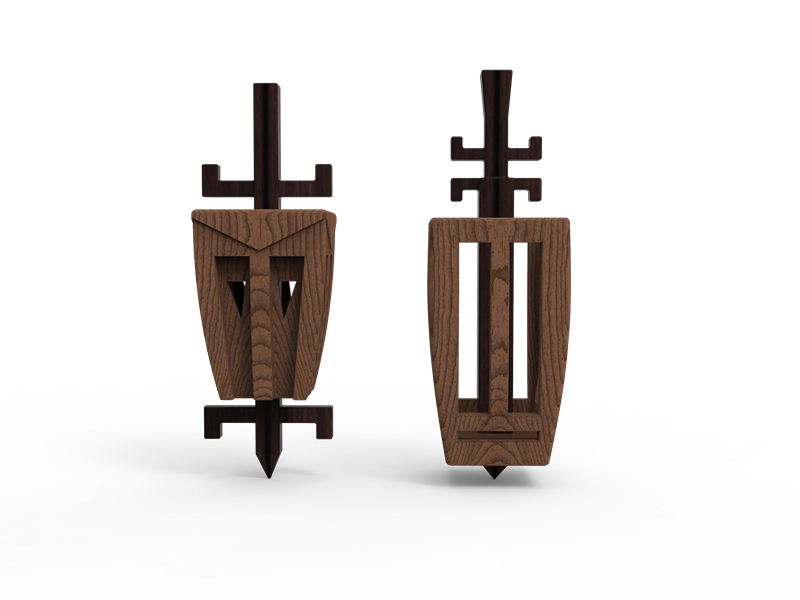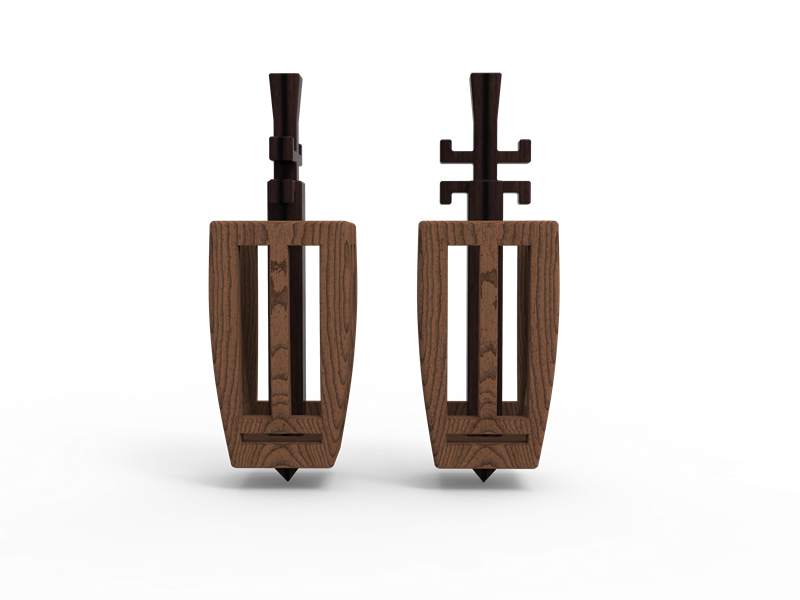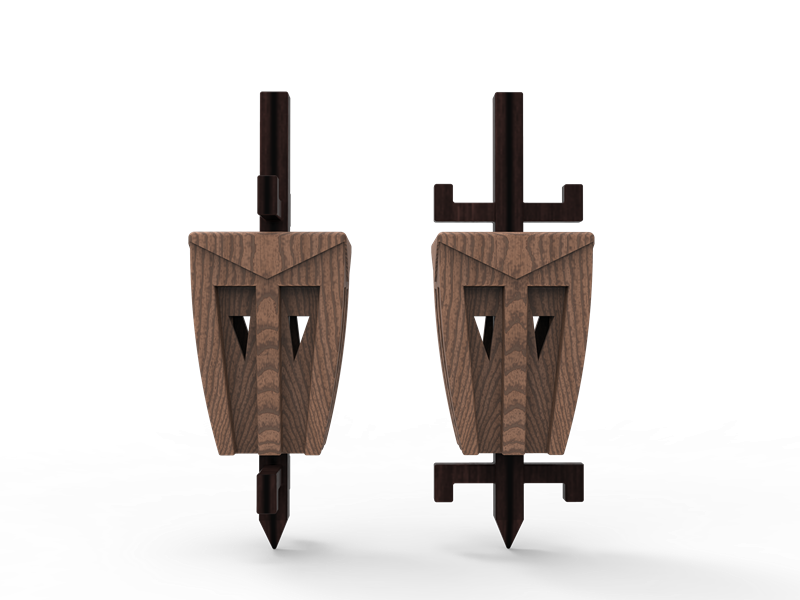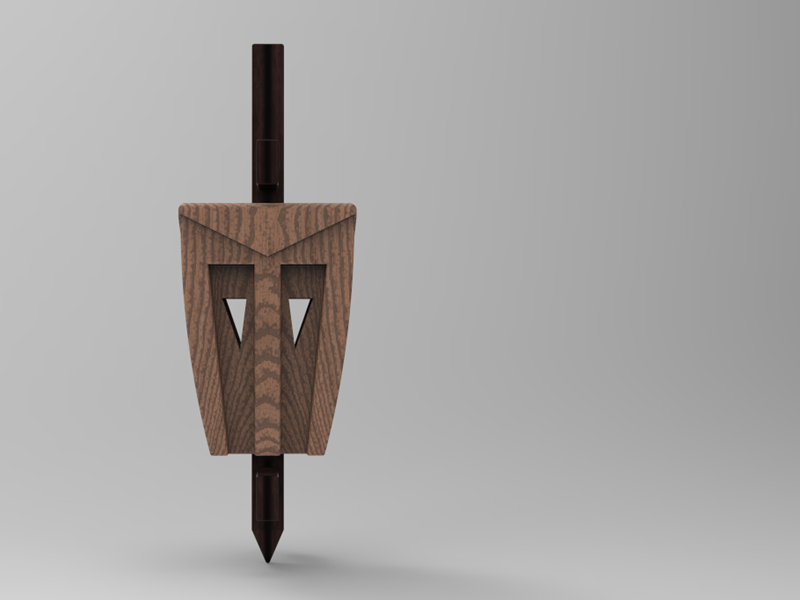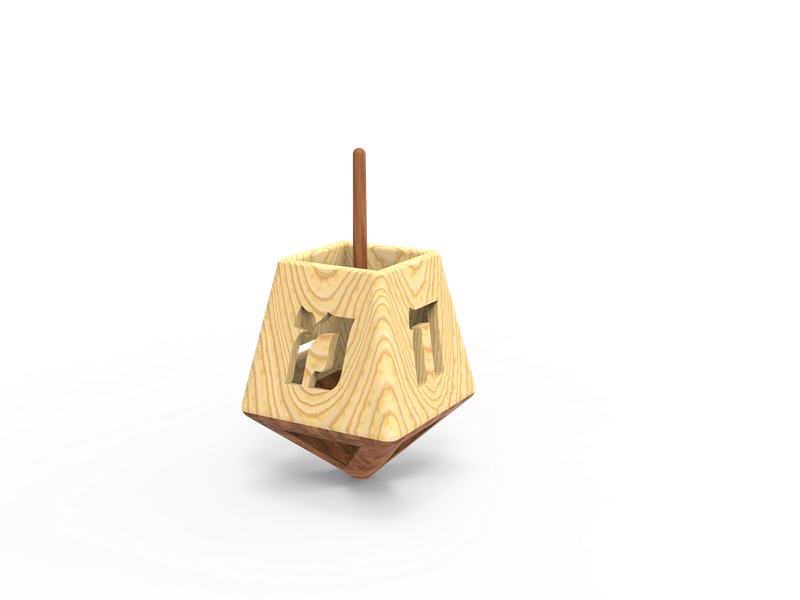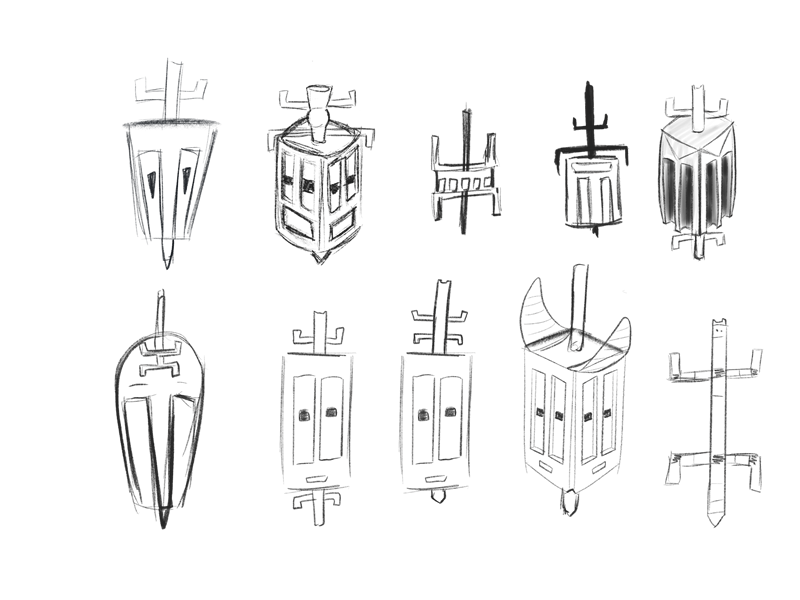About the course
What makes wood such a socio-culturally loaded material? How does one inject religious, cultural, and other meaningful dimensions into this material? This course provided a review of cultural principles and woodworking techniques common in three main cultures: Japan (angularity and linear minimalism), Africa (whittling and block wood carving) and the US (from the austere Shakers style design to 1960s stack lamination technologies). We revised the cultural, artistic, religious, conceptual, and design aspects of each culture within both theoretical and practical frameworks. Hypothesis and theory focused on reading theories and the cultures that produce them to apply them on a created object, while study of culture and cultural concepts were applied to create objects from a selected culture while integrating Israeli culture attitudes. We believe this combination directs students to think outside the box and truly consider the cross-cultural connections that can be made, leading to interesting, innovative and multicultural objects. Studies into philosophy and theory lends objects a cultural depth that allows for a deeper "reading" of each culture.
Batel Belgazal
Toldos Aharon Meets the Maasai Tribe
The project examines the status of women between two different patriarchal societies - the Masai tribe from Africa and the Toldos Aharon Hasidism from Mea She'arim. In both groups, men treat a woman as an object and determine her rights and obligations. But as far as the status of women in these groups is concerned, it is different - The Maasai woman is free, prominent, and extroverted and has a place in society compared to the Hassidic woman who is hidden and concealed in public space.
In the project, I chose 2 objects from the Toldos Aharon Hasidic wedding - the bendle and the gartel that humble and hide the woman on the most important day of her life, and I created corrective objects by the extroverted aesthetics and technology of the Massai tribe. The project 'Between Africa and Mea She'arim' enables the understanding from the Maasai tribe that preserves the tradition, but at the same time does not detract from the woman's status and give her the minimum respect and her place in the public. The objects convey an important critique and message to Hassidism - there is no need to hide, humble and bend the Hassidic woman for the sake of her environment - on the contrary, the Hassidic woman can be like the Maasai woman - preserve the tradition and values sacred to the group but at the same time stand proudly and be present.
Yarden Kalfus
Kifwebe Songye
In this project, I chose the culture of the Songhai tribe and Israeli political culture. From the Songhai tribe, I took the world of masks and their belief that masks will bring abundance and success and at the same time also fear and evil. In Israeli culture, I took the world of cartoons - illustrations that depict form or situation in an exaggerated way and highlight external features or vulnerabilities, in order to be funny and/or to criticize. I performed a coding that connects the masks to the cartoons and tried to create a new identity from those two cultures.
Yonina Fass
External Influences versus Cultural Purity
In this project I examined the evolution of cultural influences on Japan. One of the challenges when coming to explore one cultural impact on another, is the separation of the two cultures. Within the history of Japan, one can identify a unique phenomenon that is second to none. During the Edo period, Japan was tightly closed. The policy of Sakoku, the policy of isolation from the outside world, lasted for about two hundred and fifty years until the second half of the nineteenth century. Thanks to this extraordinary phenomenon, a special opportunity was born to explore the cultural influences on Japan before and after the Edo period. Throughout the generations, Japan has been influenced by Asia from the East and Western countries. Apart from the Edo period, this project deals with the culture of the Asuka period, which is in fact the period in which Buddhist culture entered Japan. In each part of the project, I expressed elements that were prevalent at that time. The lower part of the mortar and the upper part of the mortar express the Asuka period, and the upper part of the mortar and the lower part of the pestle express the Edo period.
Daniella Kenner
Plate lips
Comparing the status of women in the Mursi tribe, Japan, and Judaism.
I chose to compare the status of women in these cultures by creating 2 plates (PLATES LIP). One represents Japan, and the other represents Judaism. The two "plates" express the status of women in that specific culture through symbols, wood, and technique.
Revaya More
The African Zulu Hamsa
The expulsion of bad luck and the acceptance of good luck between the Jewish culture and the Zulu tribe by creating three Hamsas attributed to the protection of the tribe, the house, and the individual.
Bar Kin
Parachute Wings Ornament or Decoration?
Red pin: Facial outline of a Wodaabe tribesman typified by a long, narrow head topped by a pompom and feathers. The red hue is represented by the padauk wood, and the wing design is inspired by ostrich feathers.
Black pin: This pin exemplifies a Wodaabe technique of accentuating bright spaces by enclosing them in darker areas, specifically presenting the expression made by the tribesmen during the traditional Yaake dance (rolling eyes and baring teeth).
Brown pin: This pin exemplifies the face makeup of the men of the tribe; symbols are drawn across the face, and a white stripe is commonly applied along the nose. The yellow circle is surrounded by circles symbolizing the shape of the camp during ceremonial days.
Eliya Ohana
The Story of the Turtle from Yoruba
Stories and the way they are told play an important role as cultural designers. One of the best-known Trickster characters is Ajapa the Tortoise, a popular character in the folk tales of the people of Yoruba. In this work I created a theatrical puppet in the form of Ajapa the Tortoise, which serves as an accessory to the storytelling ritual, embodies in the structure and materials from which it is made the social-community values learned from the stories and represents elements in the narrative form of the story. The object presents three features of the character from three selected stories.
Yarden Levy
Culture of Beauty
"Plastic Theater" is a critical and cynical project, which deals with the dictates of the beauty model in Western society that is becoming global. A metaphorical comparison between the culture of Japan that uses masks as a cultural act that presents the rules of life, and Western culture that uses masks as a social condition that presents the rules of the game.
Sapir Rabinowitz
Encoded Composition
A vessel for arranging flowers, which expresses the many contrasts between Japanese culture and Israeli multiculturalism, which is expressed in the "Sabra" symbol. The vessel uses the basics of the art of Japanese flower arranging - Ikebana and incorporates cultural values from Israeli society.
Hagar Markanti
Tanto with Manga
A cultural encounter between traditional and conservative Japan and modern Japanese society: A redesign of the traditional tanto sword, which was used for the Seppuku ritual (Harakiri, abdomen/belly cutting), inspired by the world of Manga - the Japanese comics. Handle and sheath: Japanese cedar wood in a mixed technique of carving and Shou Sugi Ban (traditional Japanese fire). Blade: Steel in annealing and etching technique.
Keren Yerushalmi
Instagram Sees Geishas
My project focuses on the Instagram culture of the West juxtaposed vis a visJapanese geisha makeup, providing a critical view of Western ideas on public sharing and ideals of beauty. Instagram relies on the desire of users to be seen, often used as a platform for false representation that is filtered and flattened in the hopes of getting more followers and likes. The masks were
inspired by the geisha makeup that obscures the natural features and only accentuates specific elements, such as lips, eyebrows, eyes, etc.
Shai Osdon
From Breakage Compounds to Kintsugi
Shade Lantern - The project deals with the concepts of flaw, complete and missing and represents the philosophy of Tanizaki and its values deriving from Japanese culture with the help of light and shadow, when the light projected on the object exposes the lantern in its shadow, in order to show the importance of the flaws.
Keren Adler
Blommönster
Today's Western society is shaped and led by the media. They are the ones who dictate the social patterns according to which we, as a society, correspond and act in order to cultivate our social status. In my project I chose to critique the existing situation with the help of coding characteristics from Japanese culture that represent the spiritual, mental, and religious depth into the presentations of Western culture. I chose to represent Japanese culture, with the help of Japanese Ikebana, known for the aesthetics that come from spiritual depth and long learning.
Ori Dahan
Israeli Bento
In this project, I examined the social relationship between people in Israeli society compared to the relationship in Japanese society. Accordingly, I chose to design a "bento" box - a traditional meal box in Japanese society, which combines interpersonal relations in Japanese society and Israeli society. After a literary review of the nature of Israeli and Japanese society, traditional Japanese carpentry, and "bento", I chose to create an "Israeli-Japanese Bento" that will combine the social relations of the two societies. The Israeli Japanese bento combines the contrast between Israeli and Japanese society, with reference to values, method of work and choice of material. The representation of the Japanese society is done by the design of the bento and the representation of the Israeli society is done with the help of the nature of its use. Each society and culture have its own manners, and in this work, I will address the issue of politeness in Israeli and Japanese society, I will present the differences between the two and I will see that perhaps Israeli society still has an advantage in its "lack of politeness" compared to Japanese society.
Galia Harel
Dreidels are Telling
The project contrasts the similarities and differences between two faith systems, the African Dogon tribe and the Jewish Chabad stream, reflected in dreidels to express the values and form of expression of this culture.
Are you too interested in Inclusive Industrial Design?
Come study with us at HAC!
A world in flux, challenges and provides many fascinating opportunities for people, society, environment and living creatures. Empathy, sensitivity, paying attention to others and the will to investigate and research are at the heart of our activities in our department. We utilize a variety of skills to help and strive for change. Come study with us at HAC.

